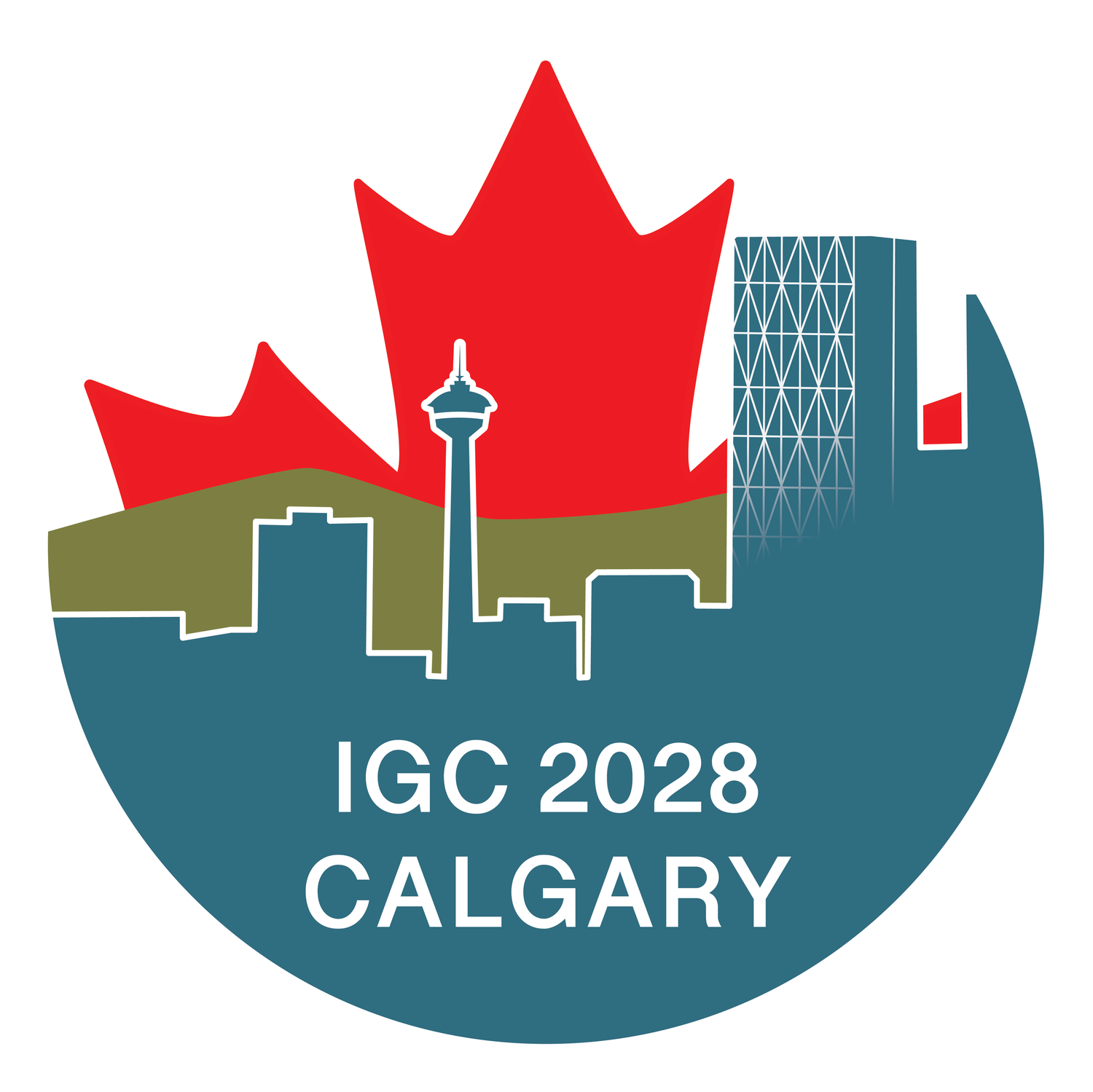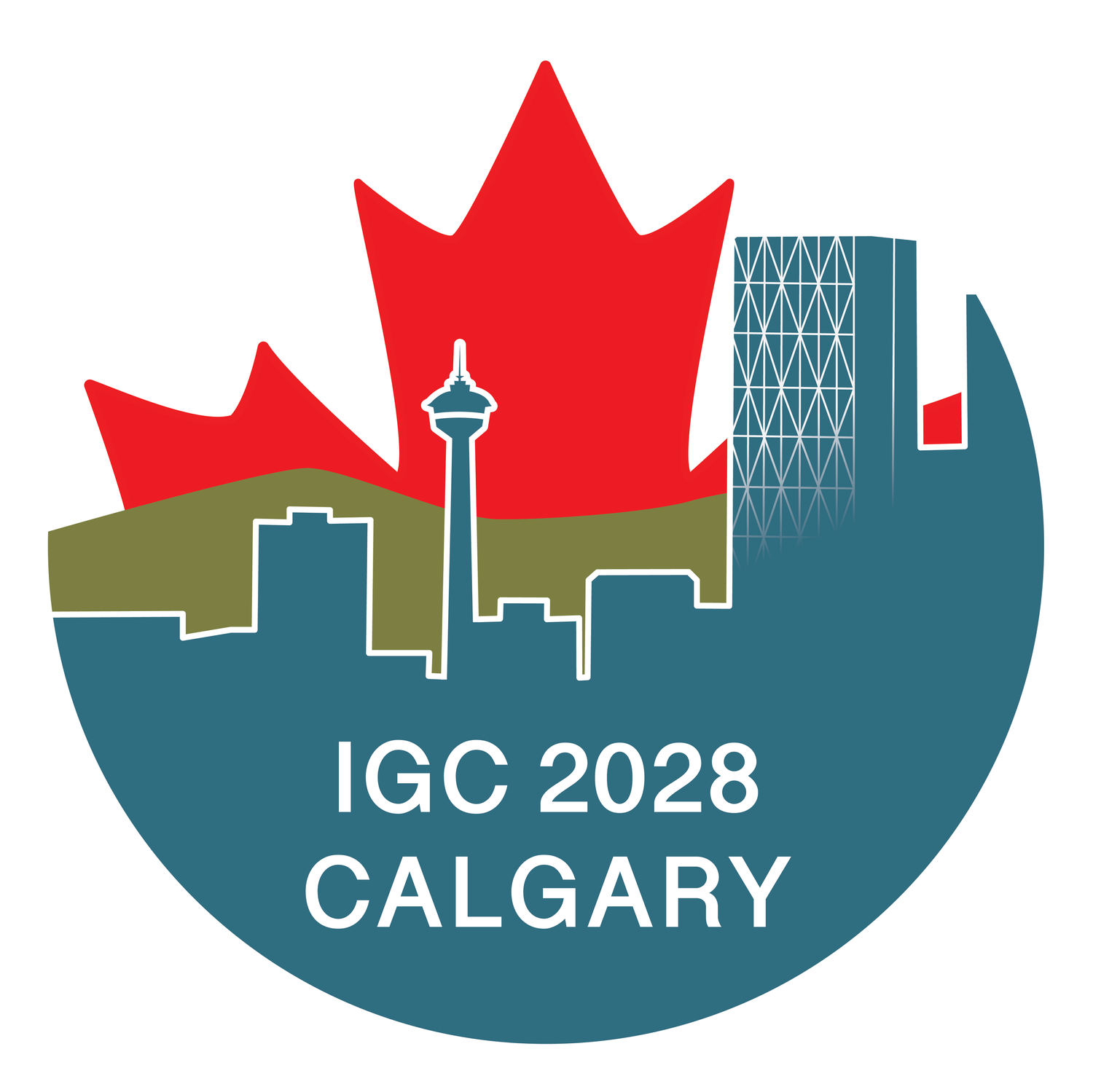The Interior Plains
This huge area lies between the western edge of the Canadian Shield and the Cordillera. Geologically it encompasses rocks that range from Cambrian to Tertiary in age, although much of these lie beneath glacial deposits of various thicknesses. Potential field trips are described; many more are possible.
Boreal Peatland Reclamation in Northern Alberta: Re-Establishing Wetland Ecosystem Function using Critical Zone Science
Canada is home to approximately 25% of the world’s wetlands. Research and conservation activities are critically important to preserving all scales of wetlands.
Canada’s Western Boreal Plains are characterized by a mosaic of upland forests and lowland peatland wetlands. Ecosystem function in both environments is disturbed during the extraction of oil and gas, which is conducted using either highly concentrated open-pit methods or more spatially diffuse in-situ techniques. While research on upland forest reclamation following oil and gas development has been ongoing for several decades, it is only recently that scientific advances have made the reclamation of peatlands feasible on a commercial scale.
This field tour will highlight efforts being made to leverage critical zone science to develop novel techniques to re-establish peatland ecosystems on disturbed sites. The biogeochemical and hydrogeological challenges associated with constructing new peatlands from scratch will be explored during stops at the Sandhill and Nikanotee fen projects in Fort McMurray. Hydrological considerations associated with the reclamation of in-situ oil and gas well pads will be explained and demonstrated at several research sites in northwestern Alberta by members of the Northern Alberta Institute of Technology’s Centre for Boreal Research.
Proximity to Ducks Unlimited Canada’s Wetland Centre in Grande Prairie, Alberta will facilitate optional attendance at the paired short course entitled “Ducks Unlimited Canada – Boreal Wetlands 101”. The field excursion will begin and end in either Grande Prairie or Fort McMurray, Alberta, which are both easily accessible from Calgary by a short and affordable flight.
Duration: 3 days.
Image credit: Ducks Unlimited Canada
Estevan Lignite Extraction and the Weyburn Carbon Sequestration Projects, Saskatchewan
Participants will view the Cretaceous lignite extraction mines near Estevan and the nearby coalfired power station as well as visiting two projects at Weyburn that sequester carbon dioxide emissions. The first is a one billion dollar enhanced oil recovery at the Weyburn oilfield run by EnCana and the other is a project aimed at long-term storage of carbon dioxide that is being produced 300 km away in a coal-fired power station in North Dakota.
The field trip will start and conclude in Regina with bus transportation to the different sites.
Duration: 4 days
Geology of the Athabasca Oil Sands
One of Canada’s most significant energy resources is the Cretaceous McMurray Formation of northeast Alberta. The deposit contains as much as 1 trillion barrels of in-place bitumen. The McMurray Formation is a complex estuary / deltaic system, initially tide-dominated, evolving to become wave-dominated towards the top. Alluvial, estuarine and marine distal, as well as offshore marine environments can be examined in detail and placed in their regional context. Trace fossils have provided key evidence for the interpretation of the McMurray Formation. Brackish trace-fossil suites are well developed in the McMurray Formation and can be compared to marine trace fossil suites in the overlying Clearwater Formation.
The Cretaceous oil sands deposits in northeastern Alberta currently produce about 50% of Canadian oil output. Several field trips are likely to visit this region to look at the geology and the recovery of bitumen from the oil sands. These trips will include new recovery techniques such as nanotechnologies, diluent reduction and water recycling.
Excursions will start and end at Edmonton and participants will visit several sites to examine the geology and extraction processes.
Duration: 4 days.
Image credit: Brewster Travel Canada
Glacial Lake Agassiz in Southern Manitoba
The remnants of Glacial Lake Agassiz are seen today as Lakes Winnipeg and Winnipegosis, Canada’s 6th and 11th largest lakes. Several Quaternary field excursions will visit this area examining the extent and drainage of the glacial lake with its iceberg scour marks, raised beaches, and outlet routes such as Ouimet Canyon, in nearby Ontario. The role of the lake and its relationship to rapid climate change will also be discussed.
The field trip will start and end in Winnipeg.
Duration: 5 days.
Image credit: Google Earth (imagery from 10/04/2013)
Dinosaurs! Badlands and the Royal Tyrrell Museum of Palaeontology
The “badlands” of the Red Deer River Valley have produced thousands of well-preserved late Cretaceous dinosaurs that are superbly displayed, both in the field at Dinosaur Provincial Park, and at the Royal Tyrrell Museum of Palaeontology at Drumheller. Several variable length field excursions to these sites would be planned.
Field trips will start and end in Calgary.
Duration: 4 days. Very family friendly for children of all ages!
Image credit: Jenni Scott
Devonian Evaporite deposits in Saskatchewan
Participants will view and discuss the geological setting of the thick potassium-rich sylvite salt beds and the 1,000 m deep underground mine workings and the surface facilities. Discovered in the early 1940s, the first mine opened in 1962. Since then Saskatchewan has become the second largest producer in the world. The field trip will start and end in either Regina or Saskatoon with bus transportation to several mine sites.
Duration: 4 days.
Image credit: Katherine Boggs






